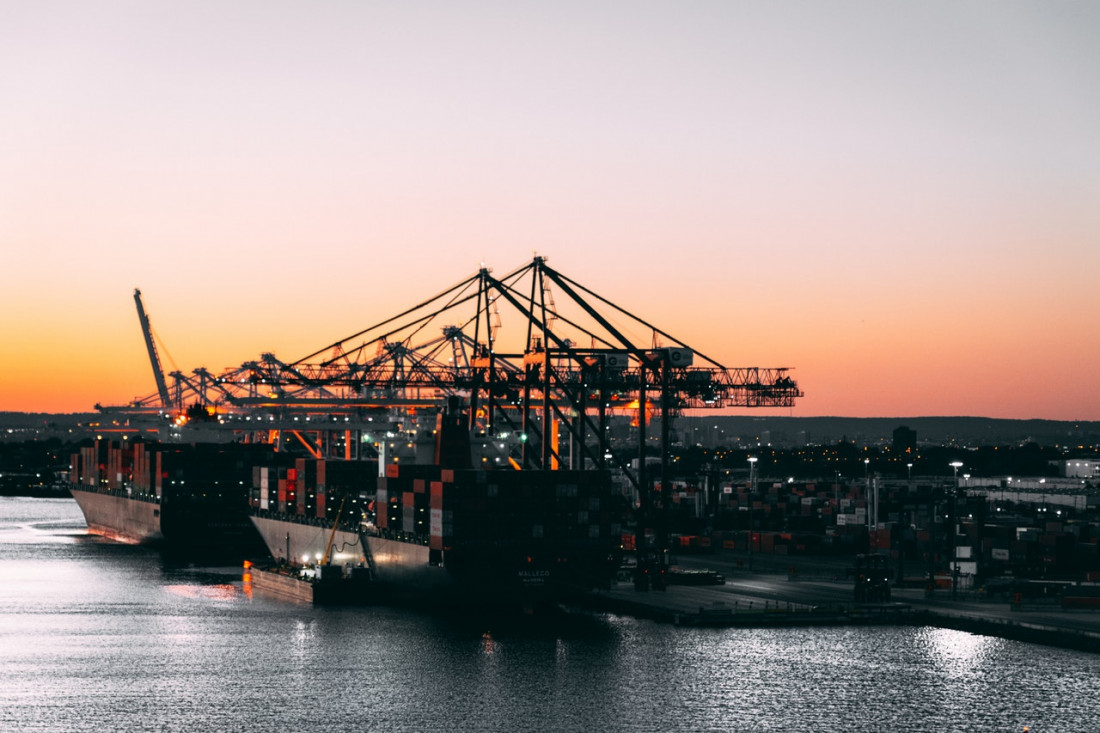Since the early 1990’s politicians and economists have been talking about making trade between the US and the EU simpler. Almost three decades later, and we are close to a deal being signed that will remove many trade tariffs and set common standards on a whole range of products and services, including cosmetics, fertilizers and chemicals. This deal is called the Trans-Atlantic Trade and Investment Partnership or TTIP.
The financial argument for signing the treaty is clear, as numerous economists outline the advantages of free trade and the benefits it will bring to the economies of the EU, US and even the rest of the world.
A recent study by the Centre for Economic Policy Research predicts that an effective TTIP deal could increase the size of the EU economy by as much as €120 billion (or 0.5% of GDP) and the US by €95 billion (or 0.4% of GDP). Whilst the EU chemicals’ industry could increase exports to the US by up to 9%.
But whilst the claim of multilateral growth by treaty supporters can be heard, there are also those who fear the deal would lead to an increase in corporate power and that it will be difficult for future governments to regulate markets or products, possibly against the public good.
Certainly there is a case for deregulating and simplifying trade between the two economies. Anyone who has tried to do intercontinental business knows only too well the amount of paperwork required, and the cost of import duties and fees. Even simple products such as canned apricots currently face an import tax of up to 30% when being shipped from the EU to the US.
Furthermore, the Economist magazine of Feb 2013 states that “A single TTIP test for new drugs would be a massive boon for pharmaceutical firms.” and by consequence to the industry as a whole.
So why would anyone be worried about simplifying the trade in chemicals? Surely that is just good business sense.
One of the biggest problems is the difference between the US and EU chemical industries in the amount of legislation put in place to protect consumers. For a number of years, the EU has been enforcing tighter controls on the use of chemicals, that have left many wondering just how weak US laws are in comparison.
According to Baskut Tuncak, the Chemicals Program Attorney for the Center for International Environmental Law, US laws are very weak. He states that, ” Only eleven ingredients are restricted from cosmetics in the US, versus over 1300 in the EU. Under a law dating back to 1976, US regulators have only been able to restrict the use of merely five of over 60,000 industrial chemicals that were presumed safe when the law was adopted, including asbestos. Under this law, and despite over a century of substantial evidence of serious adverse effects, US regulators were unable demonstrate sufficient “risk” to justify a ban on the use of asbestos, unlike EU counterparts.”
These are fears that Klaus Berend, head of the REACH unit at the European Commission’s Directorate-General for Enterprise and Industry has actively tried to calm.
REACH (Registration, Evaluation, Authorisation and Restriction of Chemicals) is an EU authority set up to help simplify current EU law with a uniform system, a sign of Brussels intention to make business easier.
Whilst Berend has acknowledged the differences in the regulatory systems of the EU and US, he insists that an agreement on chemicals should not affect either side’s ability to regulate as they see fit. So whilst the trade agreement will be enforced, EU and US governments will maintain authority to set laws. As he says, there will be “no watering down of existing EU measures”.
Certainly there are already ways in which the EU and US work together for mutual benefits in chemical trading and technology. These include:
- The selection of priority chemicals and the coordination on methods to assess their safety.
- The stated aim to agree on a common set of classifications for chemicals. Currently controlled by CLP (classification, labelling and packaging of chemicals in the EU) and GHS (Globally Harmonized System of Classification and Labelling of Chemicals).
- A framework for common discussion and understanding on new and emerging issues. For example is setting pharmaceutical dosages or the development of nanomaterials.
- A shared openness on scientific reports and the greater sharing of information.
Berend also highlights the problems of harmonising EU and US law caused by the diversity of individual state legislation in the US.
Whatever the challenges that are involved in modernising trading practices, the politicians belief in getting a deal done is clear. Lena Perenius from Cefic (the European Chemical Industry Council) has already stressed the EU industry’s support of TTIP and highlighted the importance of a co-operation between regulators at an early stage, particularly for science-based issues (e.g. creating a joint scientific committee). Whilst President Obama has cemented his determination to sign the deal before his term of office ends in 2016, by calling the TTIP a ‘powerful demonstration of our determination to shape a free, open and rules-based world.’
But these rules need to be made clear, soon. At present, no one can be certain what TTIP will mean to the chemicals industry, mostly due to the fact that negotiations are ongoing, and those negotiations are largely behind closed doors.
One point that is clear about the deal is that whatever shape it takes it will mean a more streamlined process of trading and greater competition, making it harder for the least efficient companies to compete. Indeed the whole process will be tougher for any of the sectors that bear the brunt of the adjustment process.
What exactly those processes are is not yet fully understood, but will be reported on in this blog as soon as the details are known.

